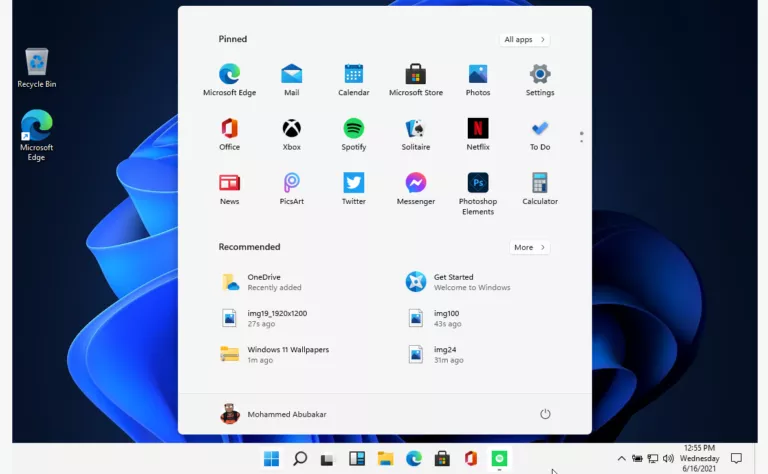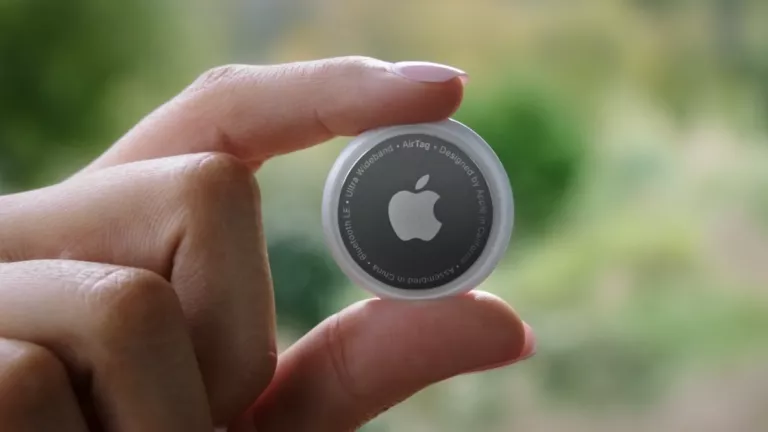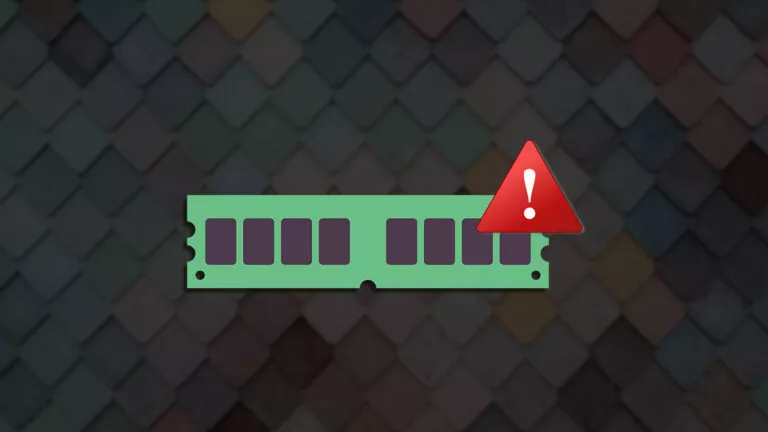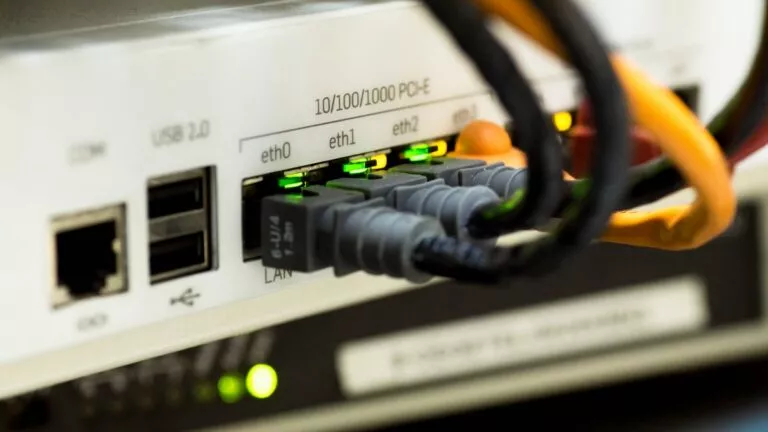Will A USB 3.0 Port Charge My Smartphone Faster?
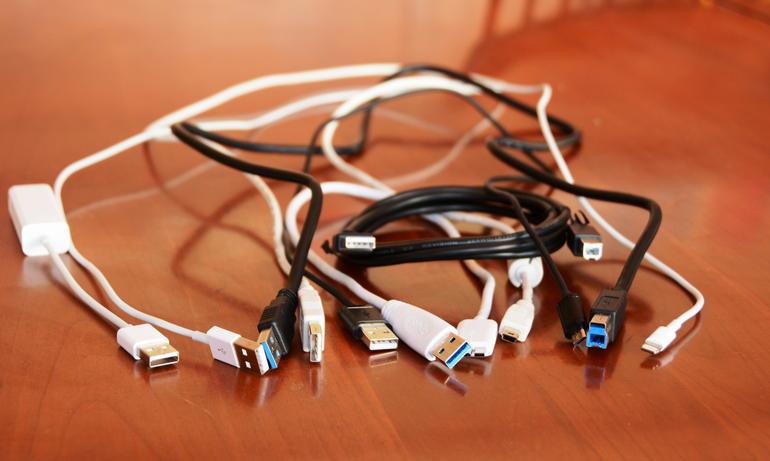
For too many of us, USB specifications and their power ratings are a mystery. We just know that USB 3.0 is better than USB 2.0, USB 3.1 is better than USB 2.0, and so on. But, what’s happening behind the scenes? How can you make your phone charge faster and employ certain methods to speed up the charging process?
I recently came across an interesting thread on SuperUser and decided to share it with Fossbytes readers. The question was: “Will a mobile phone charge faster if plugged into a USB 3.0 port.” Asked in another way, which port will charge faster – USB 2.0 or USB 3.0?
Also Read: What’s The Difference Between Internet Bandwidth And Speed?
Choosing a wall charger for charging your smartphone is always a good option. While a laptop or PC USB 2.0 or 3.0 port can supply power and charge your device, investing in a wall charger makes more sense.
Now, before going ahead and telling you about the speed of charging over differently rated USB ports, let me tell you about different USB specifications.
In USB 1.0 and 2.0 specifications, a port is capable of delivering up to 500mA current. For USB 3.0 this value increases to 900mA (Wikipedia).
Tip: One should also note that you can use any USB charger to power any USB device without worrying about any kind of explosion. While a more powerful charger can easily meet the input demands of a powerful device, it can’t pump extra power into a less powerful device and damage it.
Having established these basics of USB ports and charging, let’s answer the bigger question —
Will my phone charge faster if I connect it to USB 3.0 port on my laptop?
Your USB 2.0 smartphone can be charged using USB 3.0 port, but you won’t notice any improvements. However, if your device allows faster charging, a USB 3.0 cable and port can surely help you out.
The detailed answer to this question isn’t pretty straightforward. It’s yes, no, and maybe. Apart from the USB port on your laptop or computer, this answer depends a lot on your device. If your device isn’t designed to intake power more than a specified level, it won’t charge faster.
Another thing, as pointed out by SuperUser reader abqnm, most devices will only charge at 500mA if it detects the input is coming from a USB port. On the other hand, some devices have a modified kernel which can let the device ignore the 500mA limit if it detects a USB 3.0 input source. So, you can figure out the best case scenario by researching more about your device’s input capacity.
Last but not the least, your USB cable pays a major role in the charging process. Just like your device and USB port, the cable too must be USB 3.0 to be able to supply greater power. So, don’t expect to connect your phone with a greater intake capacity to charge faster by connecting via a USB 1.0/2.0 cable.
Also, your phone’s wall chargers are your best bet at charging at the faster rate.
Did you find this article on charging a smartphone using a USB 3.0 port helpful? Don’t forget to share your views and experiences.
Also Read: Is It Safe To Charge My Laptop With A Charger That Has Different Specifications?

